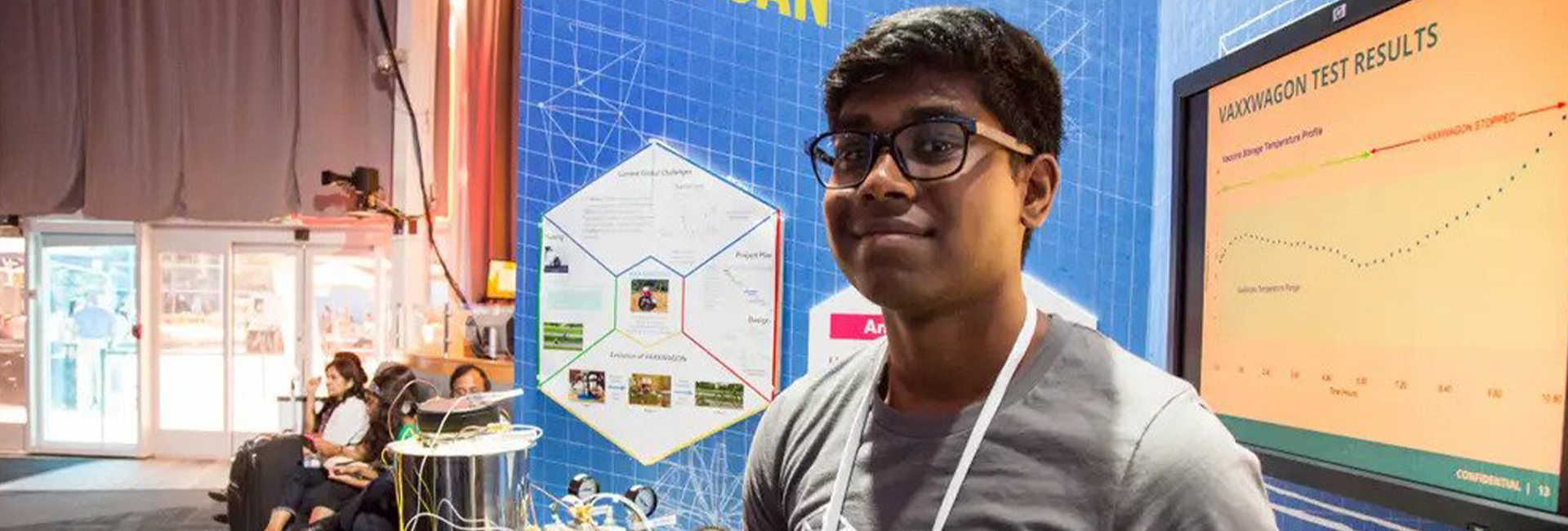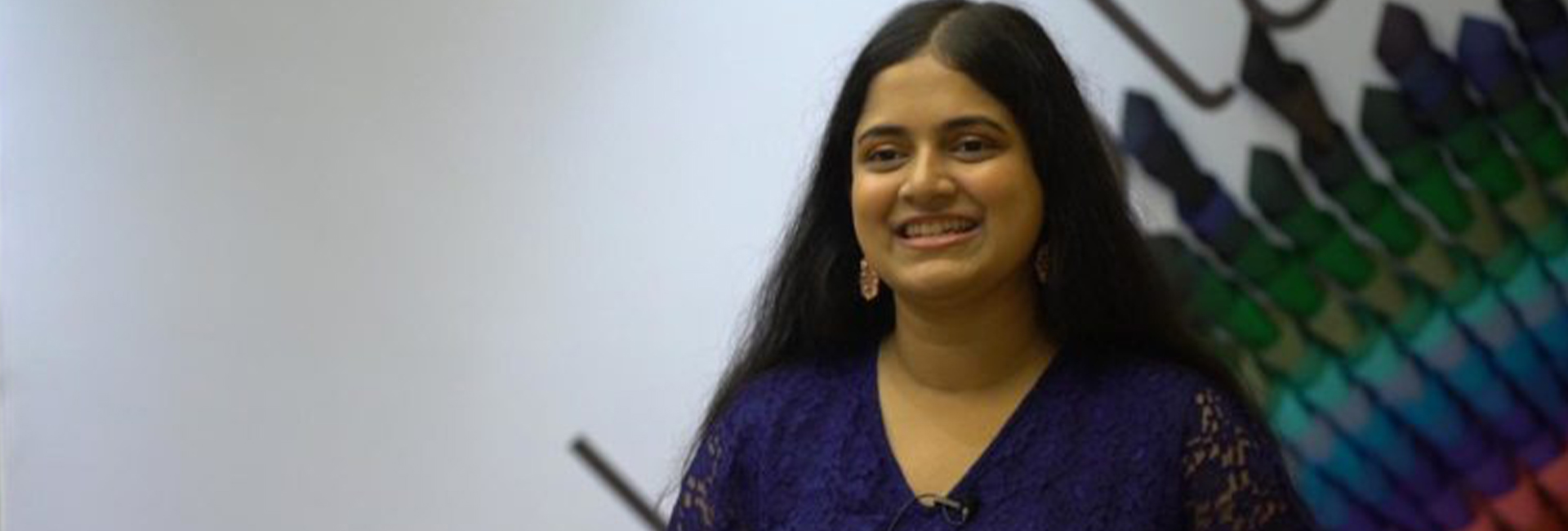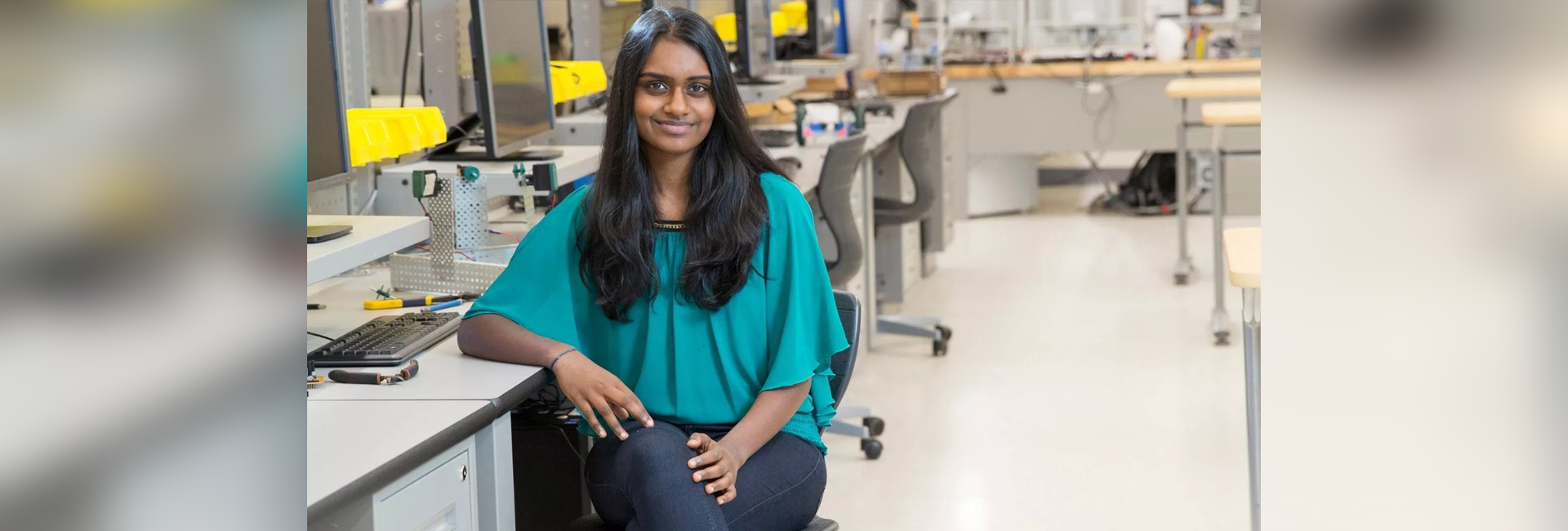(April 15, 2023) The demand for water and energy is increasing at an unprecedented rate across the globe. Driven by steep population growth, urbanisation, and industrialisation, this increase in the demand has serious implications for the environment, as well as for economic development and social stability. While the world leaders are yet to find a solution for this urgent issue, a young Indian American researcher has come up with a potential solution for the rising water and energy demands.
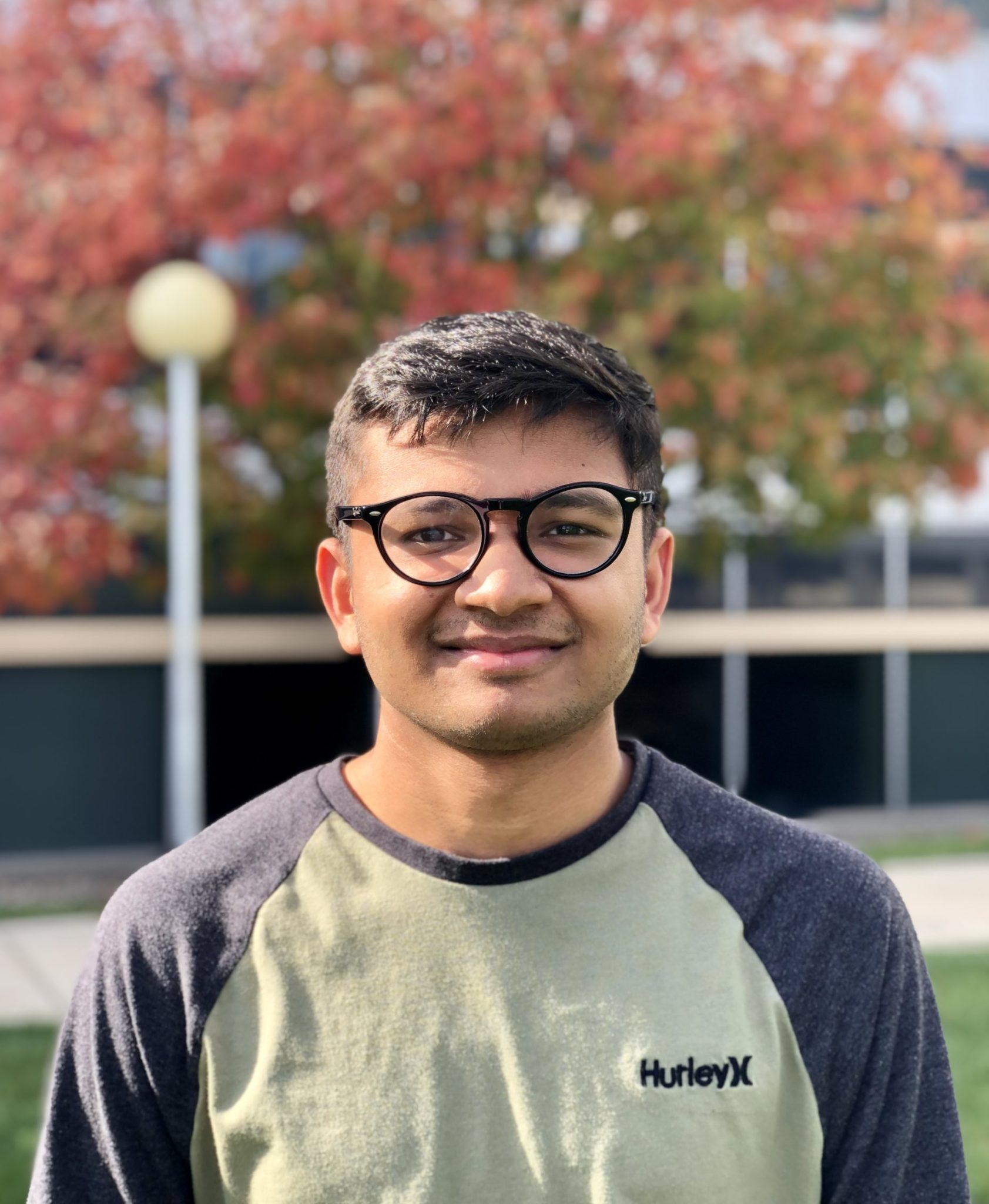
A Ph.D. candidate in Chemical Engineering at the University of Michigan, Harsh Patel is working on establishing novel low water content membranes, which are capable of selectively removing targeted ions from aqueous solutions like seawater, groundwater, and brines. The young researcher recently received the prestigious American Membrane Technology Association (AMTA) and United States Bureau of Reclamation Fellowship for Membrane Technology, along with a cash prize of $11,750. “I am extremely pleased to have received this honour,” the researcher said, “Especially knowing that successful work in this area will have direct implications on global problems like water scarcity as well as technologies needed to implement the research at a larger scale.”
For a noble cause
A curious kid, Harsh felt quite strongly about the water shortage issues faced by various parts of the world, since he was in the school. While he did work on several small ideas to save water at a local level, it was during his graduation years that the idea of developing a low water content membrane system that could distill even seawater. After finishing his school, the young researcher went on to obtain a BS in Chemical and Biomolecular Engineering from the Georgia Institute of Technology, and later joined the University of Michigan Ann Arbor, for his Ph.D.
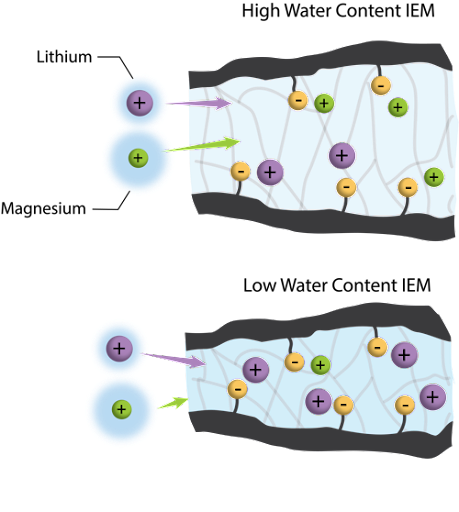

Harsh’s experiment showing differences in ion selectivity in varying water content membranes
Harsh’s work investigates establishing novel next-generation ion-exchange membranes (IEMs) capable of selectively removing targeted ions from aqueous solutions to meet the rising water and energy demands. The results of this research will allow the discovery of design parameters to synthesise desirable IEMs for various ion separation applications which are critical for industrial applications such as lithium extraction, water softening, and nitrate recovery.
Explaining about his innovation, the Global Indian said, “IEMs are polymeric materials that possess charged functional groups on the polymer and can facilitate the transportation of counter-ions, while effectively rejecting co-ions. Most commercial IEMs cannot efficiently discriminate between different counterions, which hinders the effective isolation of lithium or nitrate as the solutions containing these two species possess other monovalent and divalent ions in high concentrations.”
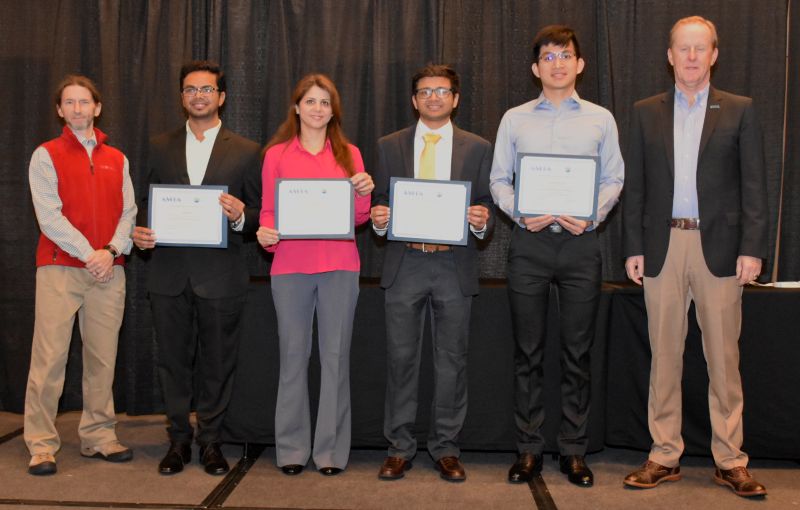

Harsh, after receiving the AMTA and Bureau of Reclamation Fellowship for Membrane Technology
His research, however, will be crucial for the advanced treatment of alternative water supplies. “My research will have significant potential to reduce the cost, energy, and environmental impact of advanced treatment of recycling waste water and seawater that would offer clean, safe, abundant, and cost-effective water supplies in arid western states and across the globe.” The researcher’s work is currently revolving around synthesising inexpensive IEMs with controlled water content and charge density over broad ranges, creating opportunities to tune ion selectivity by exploring molecular-level phenomena that affect the competitive ion transport in IEMs.
Harsh is also a part of the University-funded Kamcev Lab, a research group that aims to develop next-generation polymeric materials for water treatment and energy generation and storage applications.
- Follow Harsh Patel on LinkedIn


